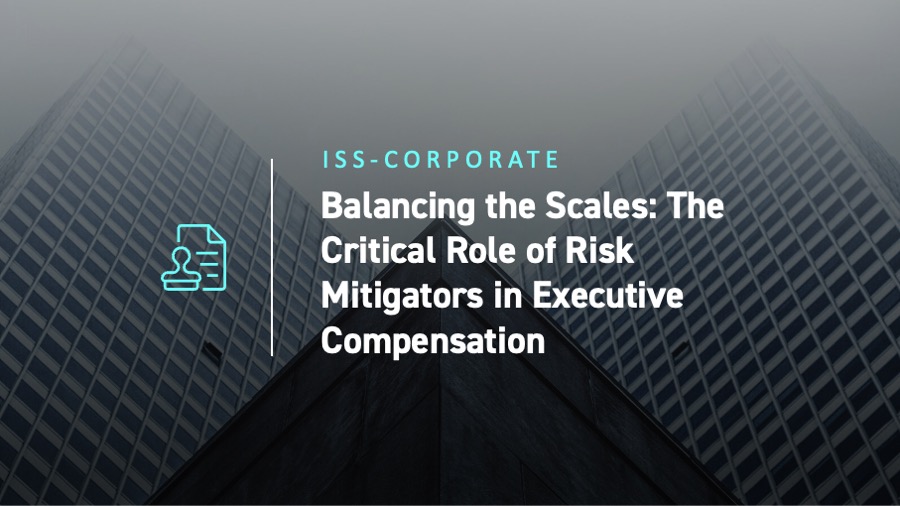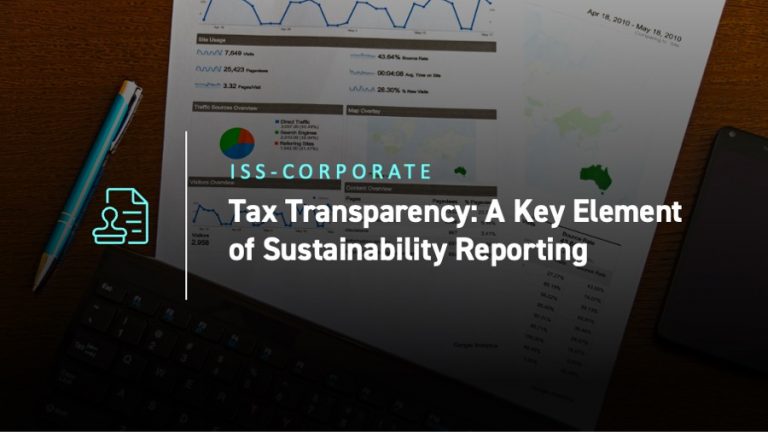Below is an excerpt from ISS-Corporate’s recently released paper “Balancing the Scales: The Critical Role of Risk Mitigators”. The full paper is available for download from the ISS-Corporate online library.
Equity awards are the primary compensation vehicle for U.S. executives, comprising 71 percent of total CEO compensation for S&P 500 CEOs and 60 percent for Russell 3000 (excluding S&P 500). As compensation committees seek to maintain alignment of executive and shareholder interest, the use of risk mitigators in equity grants has increased over the past five years. This paper analyzes key equity compensation risk mitigating practices such as clawback policies, stock ownership guidelines, holding period requirements, and anti-hedging and pledging policies, which enhance accountability over pay and ensure that executives bear similar risks as shareholders.
KEY TAKEAWAYS
- Amidst a changing regulatory landscape promulgated by the Dodd-Frank Act, key risk mitigators are being implemented by companies to further align management and shareholder interests.
- Companies in the S&P 500 index generally are more mature and often are under heightened shareholder scrutiny. Therefore, they tend to maintain more robust risk mitigators compared to Russell 3000 companies.
- Over the past five years, the prevalence of most of the risk mitigators examined in this paper has increased and the trend is expected to continue.
By: Donald F. Grunewald, Director of Litigation Analysis, ISS SCAS




